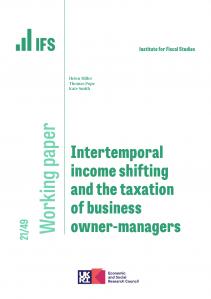
Centre for the microeconomic analysis of public policy (CPP), 2010-2015
Showing 1 - 12 of 57 results

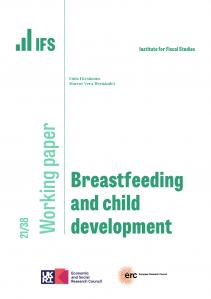
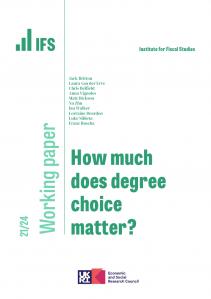
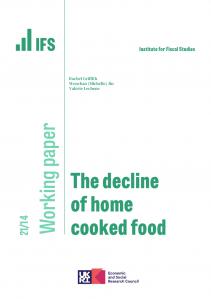
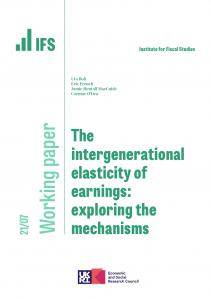








13 December 2021

25 October 2021

11 August 2021

14 June 2021

17 March 2021

We characterize inflation dynamics during the Great Lockdown using scanner data covering millions of transactions for fast-moving consumer goods in the United Kingdom. We show that there was a significant and widespread spike in inflation.
7 August 2020

Today Amber Rudd, the Secretary of State for Work and Pensions, announced that the ‘two-child limit’ in tax credits and Universal Credit will not apply to children born before the policy was implemented in April 2017. This tackles the ‘retrospective’ application of the policy that had attracted criticism, and it means that the full impact of the policy will not be felt until the mid-2030s. But that long-run impact remains unchanged: ultimately the two-child limit will, among those families affected by it, reduce their incomes by an average of £3,000 per year. This remains a major reform to our benefits system.
11 January 2019

Slides and software used to introduce the study of inter-temporal life-cycle models of consumption and savings and support the development of code to solve these type of problems numerically.
8 January 2019

Funding from local taxes available in the new local government finance system proposed by the government is unlikely to keep pace with rising spending pressures in coming years.
20 December 2018

Economists disagree on the size of labour supply elasticities. The column uses a model of female labour supply to show that there is substantial heterogeneity in both cross section and over the business cycle. It is not possible to think about labour supply elasticity as a unique structural parameter. To understand the consequences of income tax changes, for example, we need to be explicit about whose tax is changing.
29 November 2018

This paper estimates how much additional work capacity there might be among men and women aged between 55 and 74 in the United Kingdom, given their health, and how this has evolved over the last decade.
28 November 2018

We document employment rates of older men and women in the UK over the last forty years. In both cases growth in employment since the mid 1990s has been stronger than for younger age groups. On average, older men are still less likely to be in work than they were in the mid 1970s although this is not true for those with low education. We highlight issues with using years of schooling as a measure of educational achievement for analysing labour market trends at older ages, not least because a large proportion of men who left school at young ages without any formal qualifications, have subsequently acquired some.
28 November 2018